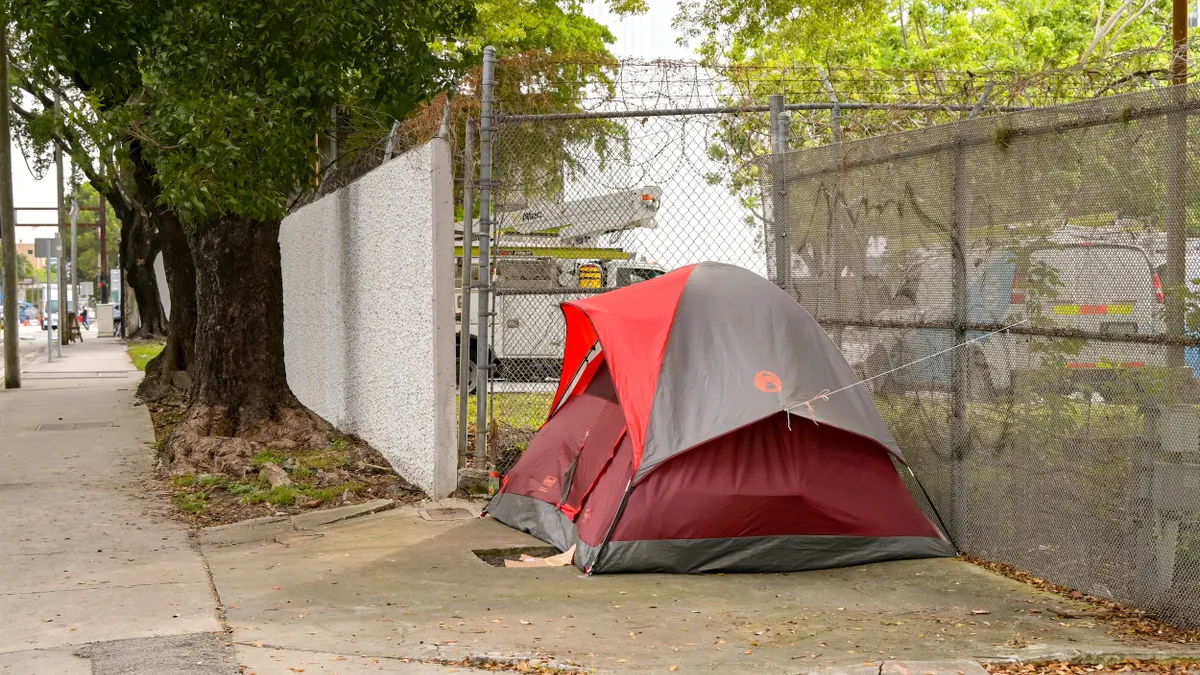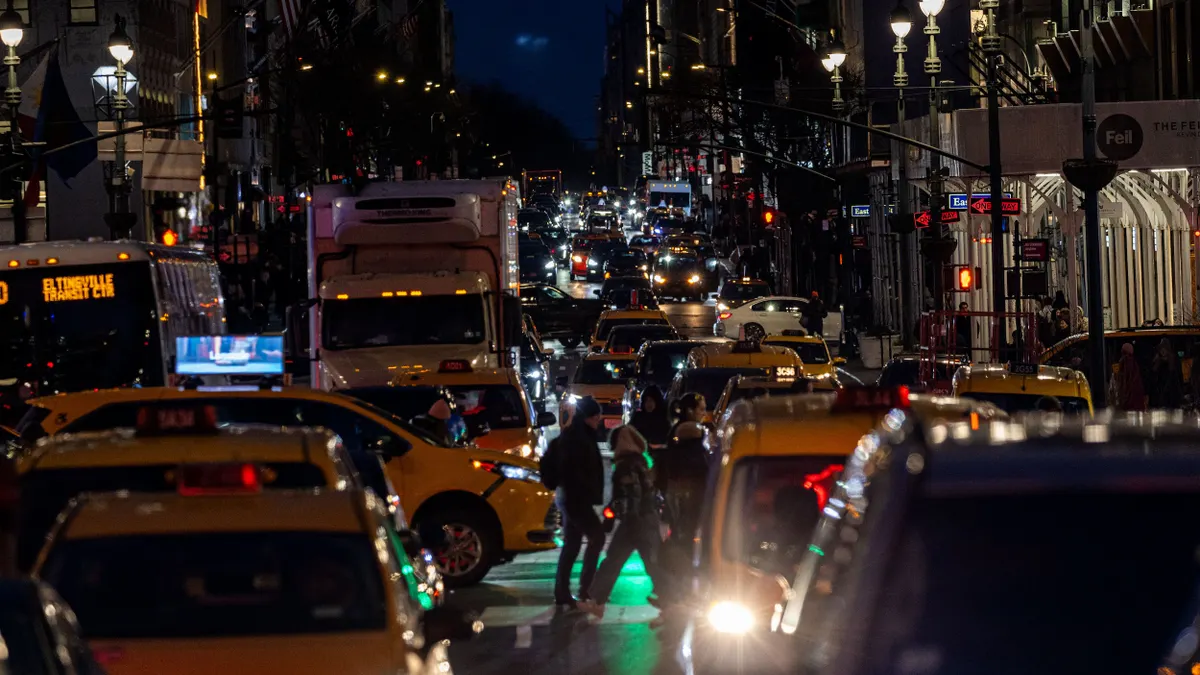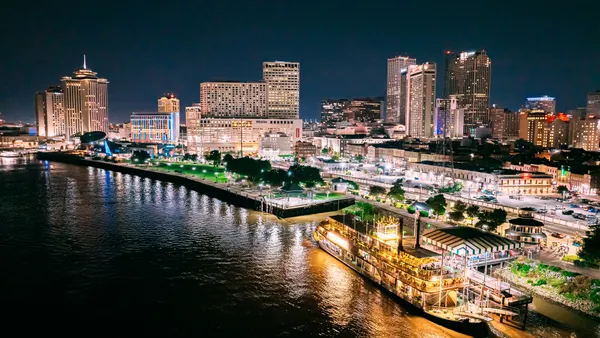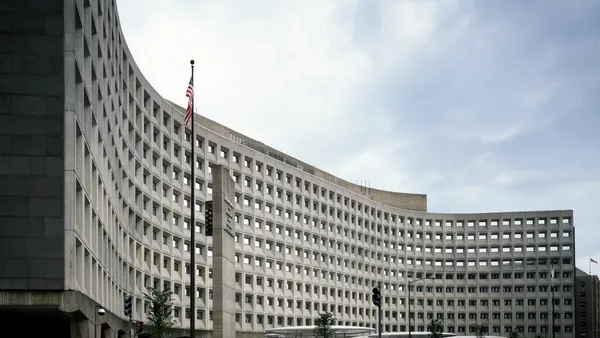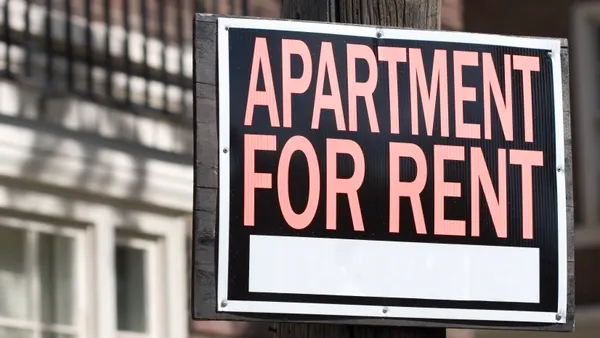Last year, homelessness was the highest it’s been since the U.S. Department of Housing and Urban Development began keeping count in 2007, but there was one bright spot: veterans. While the number of people experiencing homelessness rose more than 18% between 2023 and 2024, the number of veterans experiencing homelessness fell by more than 7%, thanks largely to a housing-first model operated by the U.S. Department of Veterans Affairs.
If the Trump administration’s budget plan is approved by the Senate in its current form, federal housing assistance will be slashed by more than $33 billion. This will be devastating not only for the VA program but for many nonprofits and local government agencies that depend on federal dollars to assist unhoused residents in their communities.
“The state of things even before these cuts is quite grim,” said Charley Willison, an assistant professor of public health at Cornell University. “People are suffering in very extreme ways, and cities are having a hard time dealing with this.”
The proposed HUD cuts will “almost certainly exacerbate the housing crisis that we’re already in,” Willison said.
Cities that invest in low-income housing have seen some success, Willison said. Houston, for example, has been able to build a variety of low-income housing options for its residents, supported by city funds and HUD grants, with Willison attributing its success to the city’s lack of local zoning ordinances. (Smart Cities Dive reported on Houston’s success in reducing homelessness in 2022.)
Offering wraparound services such as mental health and social services and access to medical benefits like Medicaid and food benefits like SNAP can also make a difference, Willison said. Many of these programs are also slated to be cut in the One Big Beautiful Bill Act now being debated in the U.S. Senate.
In Louisville, Kentucky, Arthur Street Hotel has been offering wraparound services to chronically unhoused people since October 2022. The organization has housed 310 people — about 80 people at a time — who have been unhoused for a year or more. It also provides food, access to a therapist and connections to medical benefits, said Donny Greene, the hotel’s associate executive director and founder of its housing program.
But, according to Greene, the biggest source of success is its housing-first model. For Greene, who first experienced homelessness 23 years ago, the program is personal. “I found out as soon as I got a roof over my head, my life was easier, and I was able to make better decisions,” Greene said. “I believe most people do that when afforded the opportunity.”
The organization has had an 85% success rate when putting clients in permanent housing, and 70% of those clients have remained housed for at least one year, according to Greene.
“No replacement for federal dollars”
More than 90% of Arthur Street Hotel’s financing comes from private donations, Greene said. While it doesn’t directly receive HUD money, clients often come to the facility with HUD vouchers that help them qualify for housing.
United Way of Kaw Valley in Topeka, Kansas, also follows a housing-first model. In July it will begin offering wraparound services to people living on the streets through a new pilot program called the One Stop Homeless Resource Center, said Brett Martin, the organization’s vice president of community impact.
The pilot will locate medical and mental health services, a mobile shower unit, and clothing and food trailers in a single location in Topeka. Martin said he hopes these services will help people meet their needs on the way to acquiring housing.
The program is sponsored by the city of Topeka. While One Stop doesn’t receive any direct funds from HUD, the agency’s grants bring in more than $4.4 million to the city’s unhoused programs. Cuts to the agency could be devastating for the region’s programs, Martin said.
“Currently there’s no replacement for federal dollars,” Martin said. “There’s no amount of foundation money or private donors or state or municipality dollars that can make up for those tax dollars.


